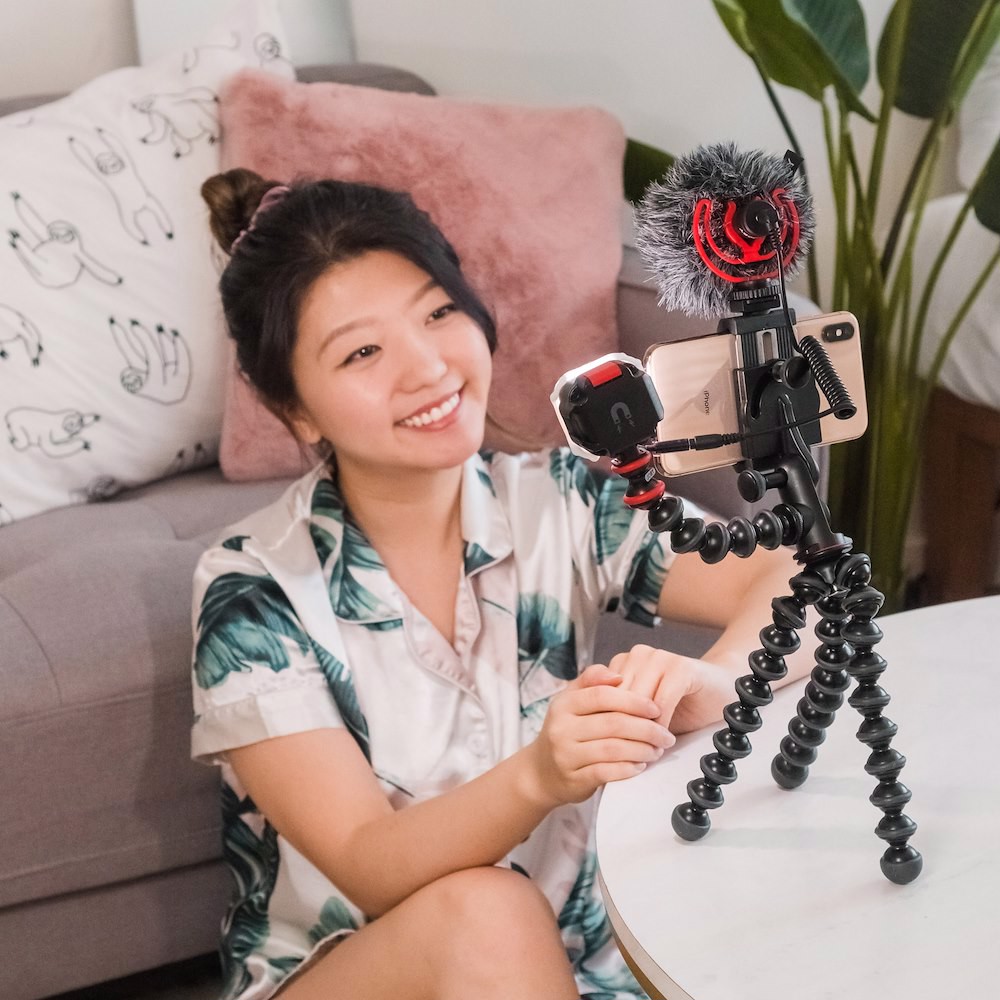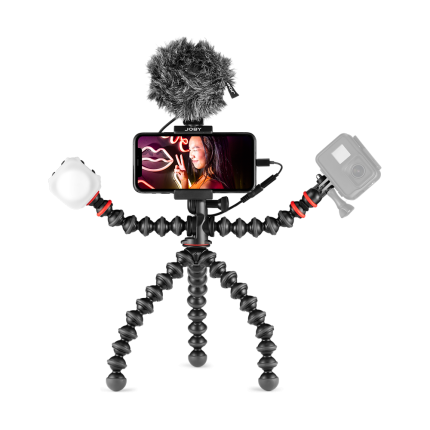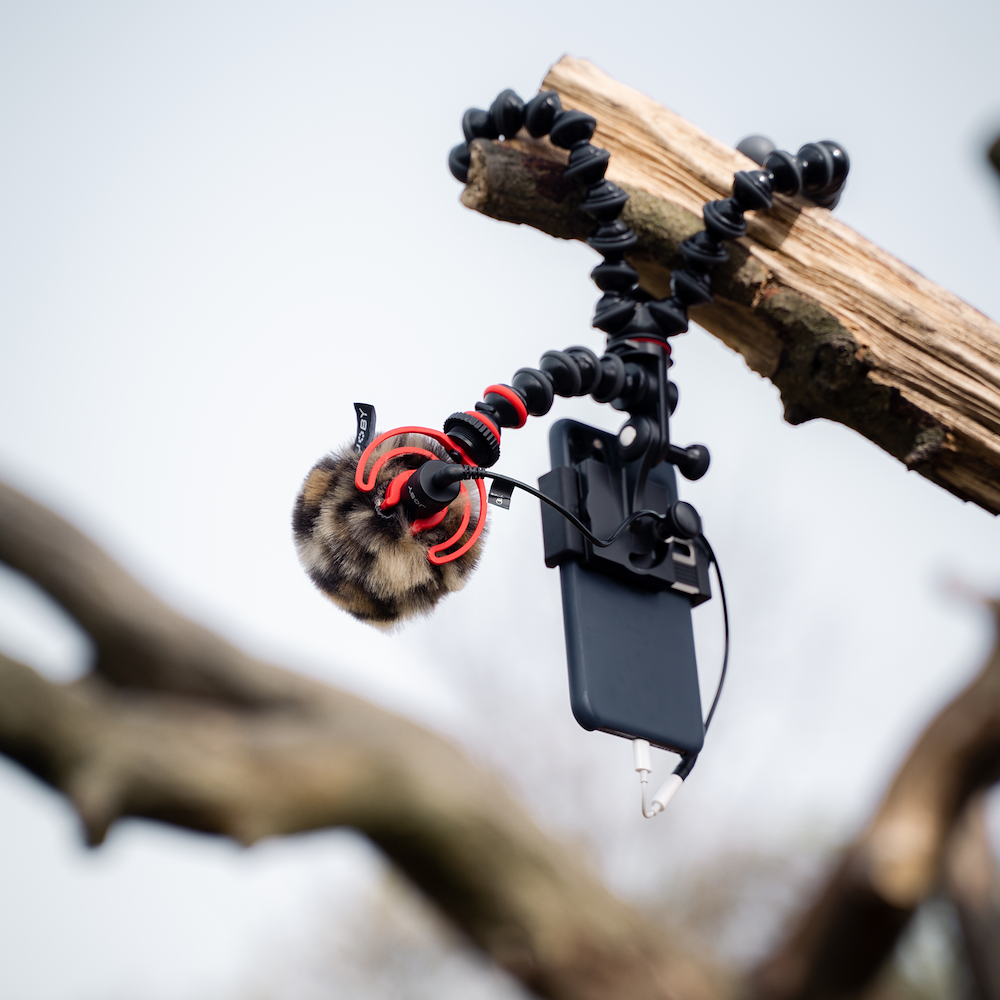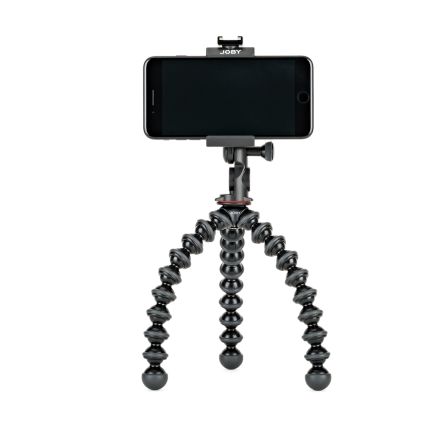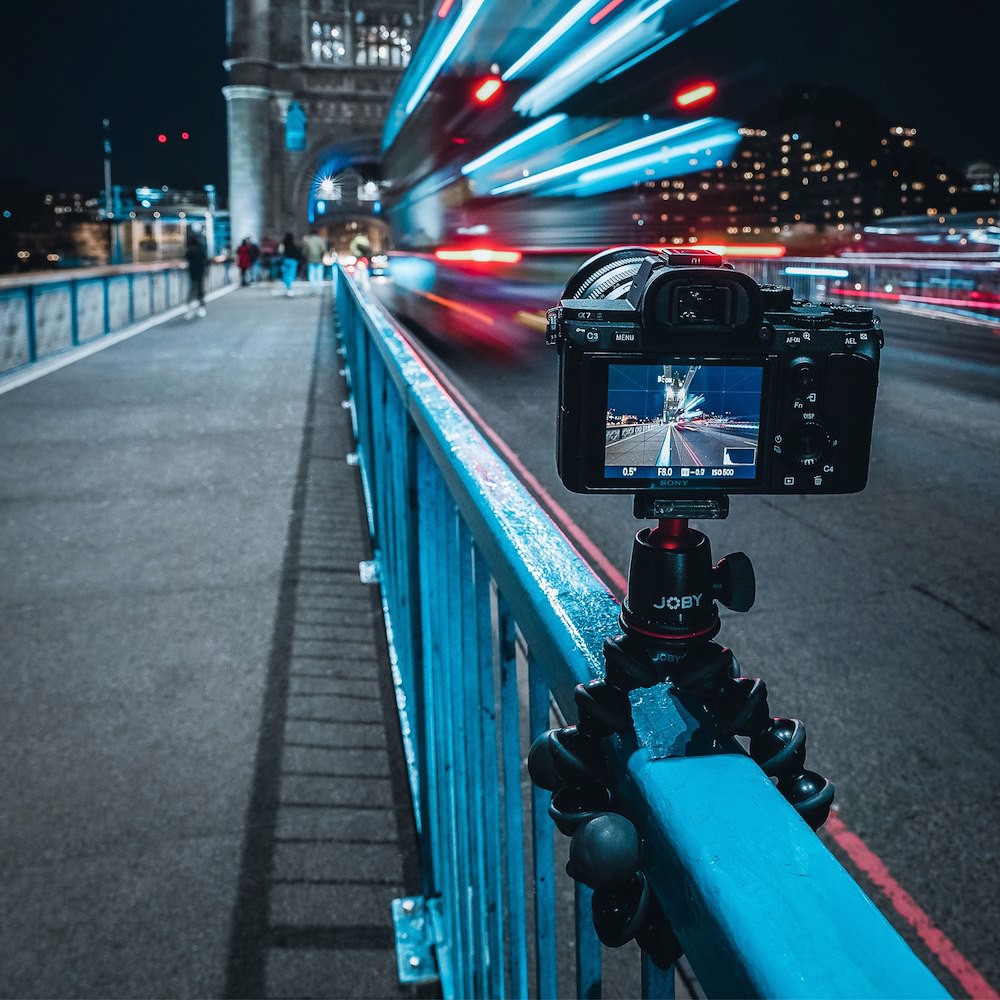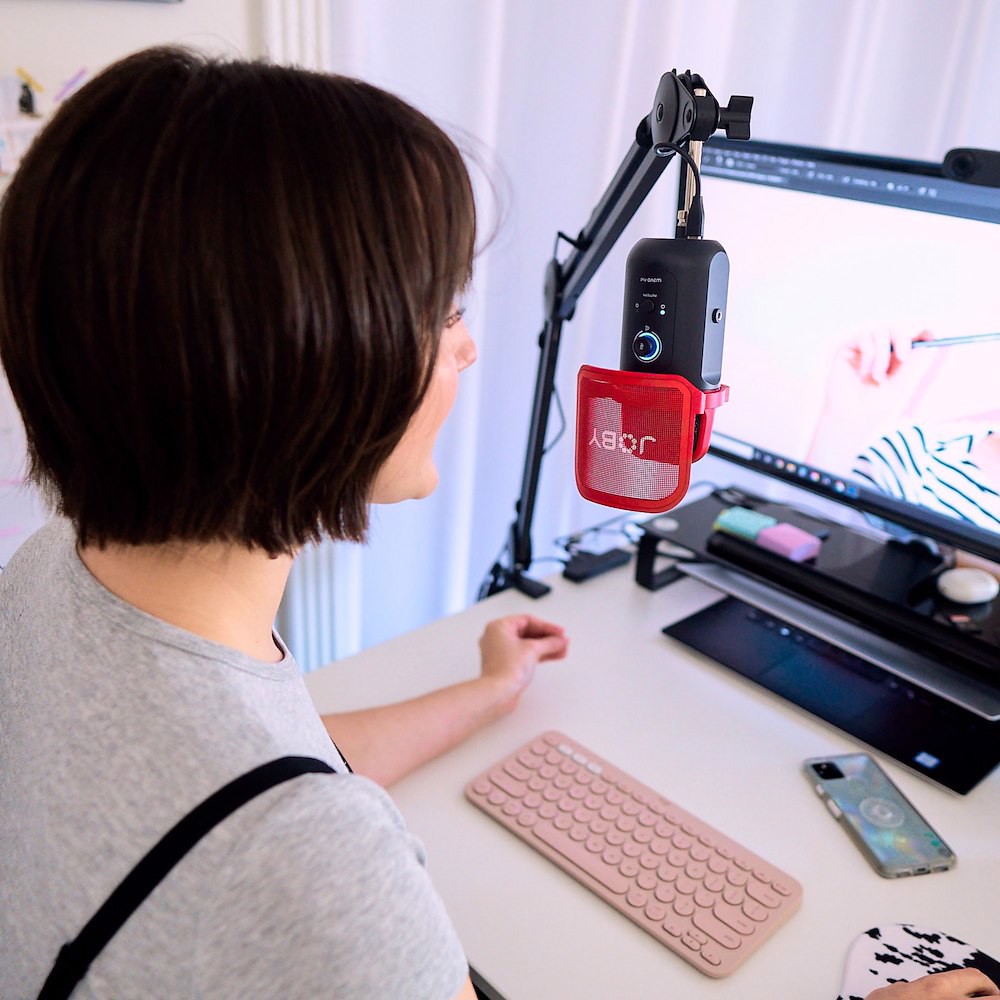What is Minimalist Photography?
July 12, 2023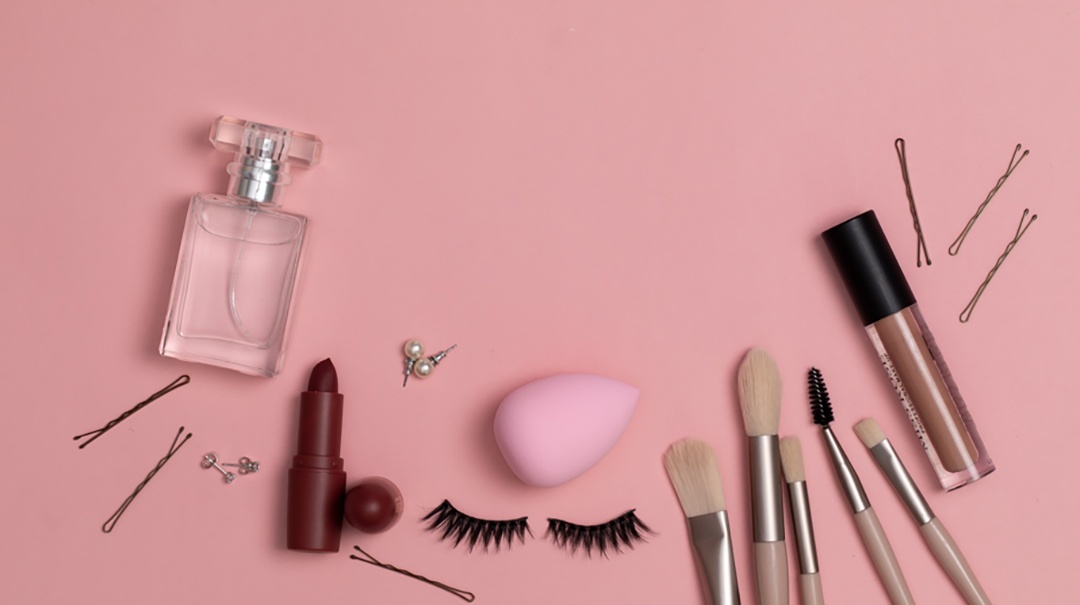
Discover our guide to minimalist photography and taking minimalist photos
What is minimal photography?
Like other forms of minimalist art, minimalist photography centres on simplicity. This ‘less is more’ approach to capturing images strips the subject down to the bare essentials.
Minimalist photography often uses a minimal colour palette, helping to remove unnecessary distractions.
It makes the most of negative space, which is the empty area in a photo. This negative space allows the main subjects to stand out.
You can apply minimalist photography techniques to portraits, landscapes, still life, and more. The tricky part is finding a singular subject that will appeal to a viewer and learning how to effectively make that your focus.
Examples of minimal photography
Recently, minimalist photography has proven popular in social media trends. Many content creators on Instagram and TikTok embrace the minimalist photography style as a way to stand out in crowded grids and feeds.
Search for minimalist photography on Instagram and you’ll find thousands of photos that celebrate this iconic style. Check out @haydesign for minimalist interior design content, @andyheart for minimal silhouettes, or browse @mansurgavriel’s collection of minimalist product shots.
How to take minimalist photos
If you like the minimalist aesthetic, why not try to capture your own works of art in the popular style? Follow these minimalist photography tips that will take you through the set-up all the way up to the final edits.
• Work with negative space
Negative space is always a positive when it comes to minimalist photography. Empty areas in a photograph play a key role in minimalist photography.
Don’t be afraid to embrace empty space as it allows the subject of the photograph to stand out.
• Use a plain background or backdrop
There’s no better way of making the subject of your photo stand out than by giving it a blank or neutral backdrop.
Look for a neutral, non-distracting background in your chosen setting. Discover our range of professional backdrops if you want to work with a crisp blank canvas.
These are popular for portraits, vlogs, and product photography shots.
• Choose a limited colour palette
Multiple colours in one shot can distract from the focus of the photo.
It can be a good idea to use a pop of colour but try to keep the number of colours to a minimum or stick to hues of the same colour.
If the image is too busy, or there’s a lot going on in the frame, it takes away from the simple focus of the minimalist style.


• Embrace symmetry and balance
Multiple colours in one shot can distract from the focus of the photo.
It can be a good idea to Symmetry and balance can significantly elevate a minimalist photograph. It can also contribute to the sense of order and harmony, which is key to the calming and minimalist aesthetic.
When composing your shots, look for symmetrical elements. These could be natural formations or man-made structures.
You can also create balance without perfect symmetry. It can be achieved with an asymmetric layout, too. An example of this could be an image of a small, brightly coloured boat against a large, expansive, and moody sky.
The boat might occupy less space, but its vibrant colour and detail draw significant attention. Conversely, the sky, though physically vast, has less visual complexity.
Despite their asymmetry, these elements complement each other, creating a sense of balance.use a pop of colour but try to keep the number of colours to a minimum or stick to hues of the same colour.
If the image is too busy, or there’s a lot going on in the frame, it takes away from the simple focus of the minimalist style.
• Pay attention to texture and detail
In minimalist photography, the small details often make the biggest impact. Given the reduced number of elements in the frame, textures and details can play a vital role in creating visual interest.
Look for subjects with intriguing textures, patterns, or intricate details that stand out against a minimalist backdrop. This could be anything from the rough bark of a tree to the intricate pattern on a leaf or the repetitive lines of a building's facade.
It's about shifting the focus from the broad picture to the smaller, finer details and showcasing the beauty in simplicity.
Just remember to keep your composition clean, so as not to distract from these captivating textures and patterns.


Lighting is key with any style of photography and minimalist photography is no different.
You can use lighting to highlight or isolate specific details you want to draw more attention to. Play with light and shadows to add dimension to your shots, for example.
Strong light can create bold contrasts between light and shadow, which is ideal for minimalist work.
Soft lighting can also create a tranquil, minimalist atmosphere by subtly highlighting the subject and producing diffused shadows. This will avoid harsh contrasts or distracting lines and lead to an uncomplicated image.
Check out our collection if you’re shooting indoors or want to accentuate close-up shots. Ring lights help to create flawless shots that focus on the subject of your minimalist photograph.
If you’re snapping photos on the go and need something more robust, take a look at our . These compact cubes bring flattering light to any setting. We have made for on-the-go outdoor shoots and for extra reinforcement.
• Don’t overdo it with the editing
Keep the ‘less is more’ approach in mind when it comes to editing. Overediting or excessive use of effects can distract viewers from the subject of the photo. You can achieve this by enhancing the sharpness, contrast and clarity of the photograph.
Your next step in minimalist photography
Embracing minimalist photography allows you to celebrate the essence of simplicity, enabling you to present narratives through an uncluttered and profound perspective. It's a form of visual art that places the focus on the individual's connection with the subject, reminding us that beauty often lies in the simplest of details.
Armed with your camera and a fresh understanding of the minimalist aesthetic, why not head out and capture the simplicity around you.
Remember, each snapshot you take isn’t just an image; it's a silent, yet powerful dialogue between the viewer and the subject. So why wait?
Go out there and tell your story through the lens of minimalist photography.





















